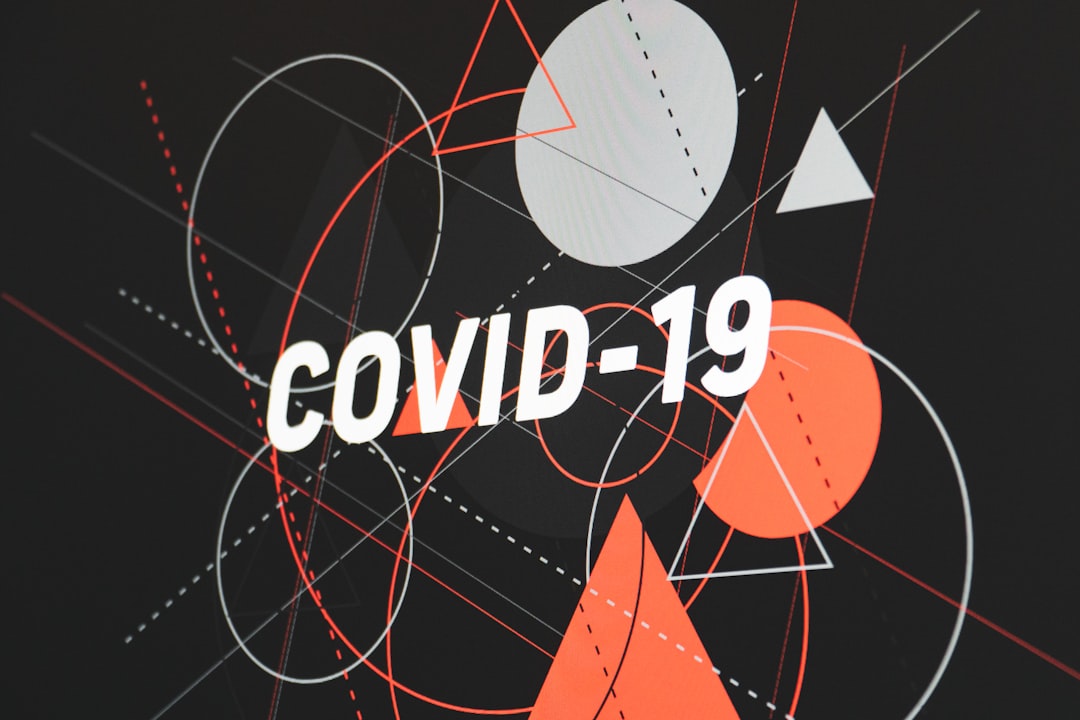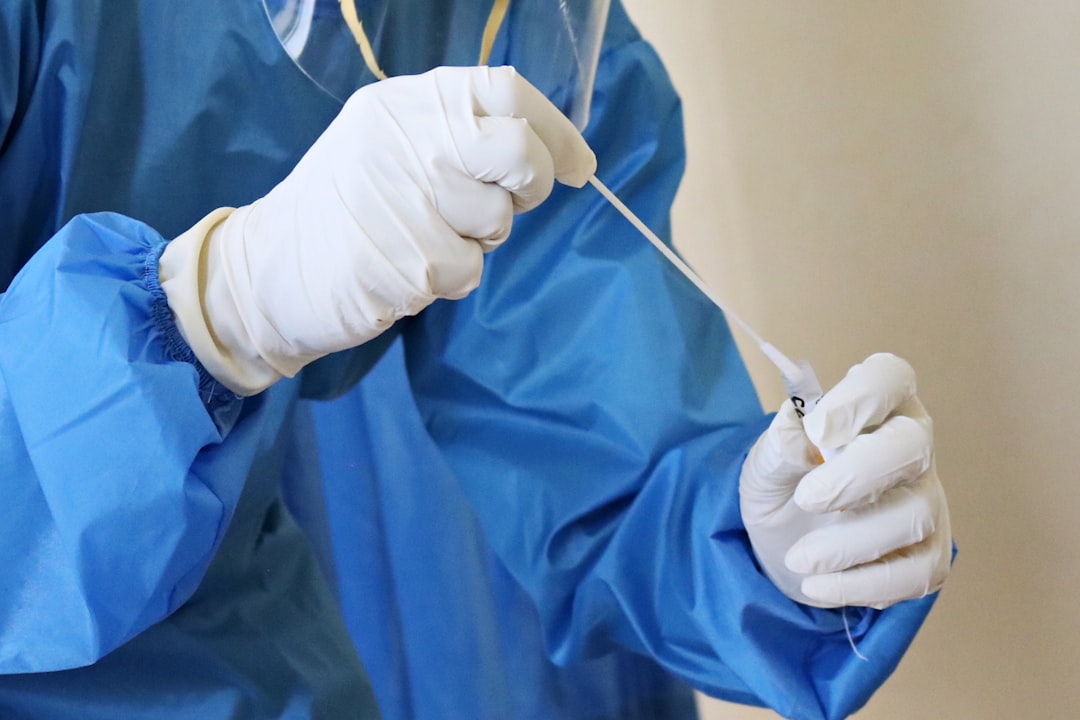What is it about?
We previously found a previously undescribed protein in the heart called myosin binding protein H-like (MyBP-HL). MyBP-HL seems to regulate how heart cells contract. Changes in this protein causes impaired heart function. Interestingly, MyBP-HL is almost exclusively found in the atria of the heart, where contraction isn't as well studied. In this paper, we use mouse models to show where MyBP-HL is found in heart cells, that it regulates a related protein, cardiac myosin binding protein-C, and how contraction and relaxation of atrial muscle is changed with MyBP-HL is missing.
Featured Image

Photo by Pin Adventure Map on Unsplash
Why is it important?
Regulation of contraction machinery of the heart (the sarcomere) to treat disease recently became an approved therapeutic target for hypertrophic cardiomyopathy and is also being developed for treatment of heart failure. While the function of the cardiac ventricles are clearly more important, atrial dysfunction is also becoming a recognized cause and/or modifier of many heart diseases. Because the cardiac atria and ventricle are regulated differently. We have now identified a major regulator of atrial function, and one that regulates myosin binding protein-C, which is known to cause a large percent of inherited hypertrophic cardiomyopathy. Our findings provide further evidence that some mutations, therapeutic treatments may function differently in the atria than the ventricle. This will require further study.
Perspectives
This article provides the first mechanistic function of the novel sarcomere protein myosin binding protein H-like. The existence of MyBP-HL and its role in altering atrial contraction bring up many future questions. These include whether atrial function is overall differentially altered in many disease states, especially contractile-based diseases like hypertrophy cardiomyopathy.
David Barefield
Loyola University Chicago
Read the Original
This page is a summary of: Myosin-binding protein H-like regulates myosin-binding protein distribution and function in atrial cardiomyocytes, Proceedings of the National Academy of Sciences, December 2023, Proceedings of the National Academy of Sciences,
DOI: 10.1073/pnas.2314920120.
You can read the full text:
Contributors
The following have contributed to this page










